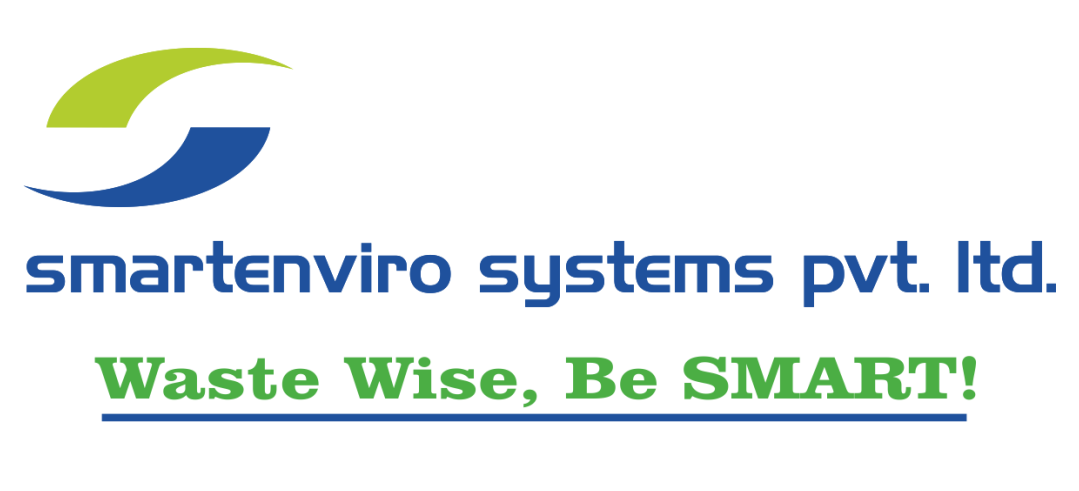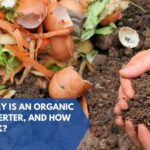Composting food waste has a variety of nutrients that may return to the environment. This can be accomplished through the composting process. When you see the benefits of composting, you should make every effort to perform it properly so that you may reach the required compost quality. Compost is a stable organic mixture formed by the decomposition of organic materials such as food waste.
The food waste composting cycle is divided into four stages:
Stage One-: This will take a few days. Mesophilic bacteria begin to break down biodegraded substances at this stage physically.
Stage Two-: At this time, the most obvious factor is the rising temperature. If this is not closely monitored, the compost machine pile may heat up to the point where the microorganisms are killed. This might have a detrimental impact.
Stage Three-: This happens when thermophilic bacteria exhaust the biodegraded compound’s supply. This step takes a long time to complete.
Composting techniques for food waste
When it comes to composting food waste, there are several options. The optimum technique will be determined by the environment in which you live. You may be in an apartment or a home with a backyard.
For your composting venture, you might want to explore the following options:
- Composting in a hot environment is often one of the most effective techniques for creating high-quality compost in a minor period. Pathogens are more likely to be damaged with this approach.
- Composting at a low temperature -: This approach is excellent for introducing organic matter to degraded areas, such as trees and garden plots. The amount of time it takes to achieve the intended effects is determined by the current environmental conditions. The compost may take several years to mature.
- Composting in a trench -: This approach involves creating a six- to the eight-inch-deep trench. After that, the trench is filled with food waste before being covered with dirt. You can then plant straight on top of the soil that covers the trench after a few weeks. You’ll note that the composting process takes a long time using this technique.
- Filling the trashcan or cleaning the window -: You will be needed to stack the trash utilizing a balance of high wet and low carbon materials in this approach. Each layer should be no more than 4 to 6 inches thick.
Then you can go to the following five stages:
Step 1: Assemble four to six-inch layers of coarse material at the bottom of the composter or on top of the soil to begin.
Step 2: To the layer, add a 3–4-inch layer of low carbon material.
Step 3: Add a 4- to 6-inch coating of high-carbon material on the surface.
Step 4: 1 inch of garden soil or finished compost should be added.
Step 5: Layers of high carbon, low carbon, and soil or compost should be mixed.
Steps 2–5 should be repeated until the composting bin is complete, then cover with a dry material.
Keep in mind that maintaining and operating a food waste composting site generally needs a lot of lands, various equipment, and a lot of hard work.
People who live in small apartments shouldn’t be concerned that composting is out of their ability. This is since composting may be done in three different ways indoors. This gives the same results as the one performed outside.
Food Waste Composting Techniques for Indoors and Outdoors
Vermicomposting-: Worms are used to break down organic matter in this process. So long as you have a bin with a lid, you’re good to go. After that, you’ll add soil and red wiggler worms to the container before putting your organic waste composter in.
The worms will then go about their business. The organic waste will be broken down into a nutrient-rich substance called casting. Your casting is now ready to be placed in your garden.
Bokasi-: The origins of this approach may be traced back to Japan. It starts with a starter of microorganisms that break down organic waste. This process is quite similar to vermicomposting. You will need to purchase microbe starters, but after that, they will be simple to maintain. You may even add dairy and meat waste, and the smell will always be mild.
In-Vessel Composting-: This approach can handle enormous volumes of food waste while using less space than the window method. It can handle almost all forms of organic waste. Food waste is fed into a drum, silo, or concreted trench in this manner. This enables for more precise control of environmental factors such as temperature, humidity, and ventilation. To ensure that the food waste is thoroughly aerated, it is mechanically mixed.
Composting food waste may be done in a variety of ways and stages. It’s a naturally occurring process, but you’ll need to watch the circumstances to ensure that you get the compost you want.
Final words
Smart Enviro Systems is India’s top provider of food waste composting machine. Our success is driven by our employees’ willingness to contribute to environmentally sustainable business solutions by recycling trash. What exactly are you waiting for? For additional information, please contact us.


